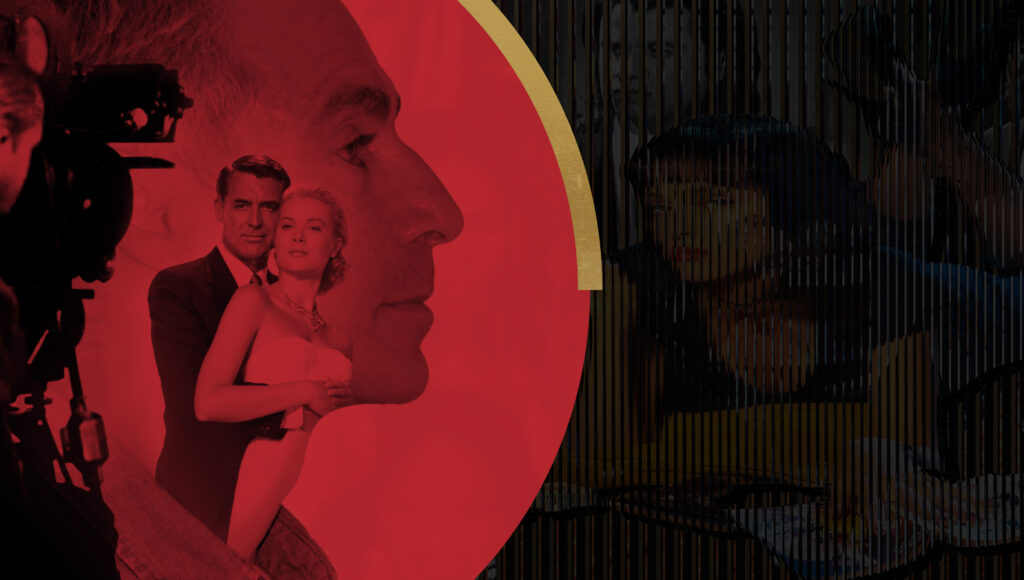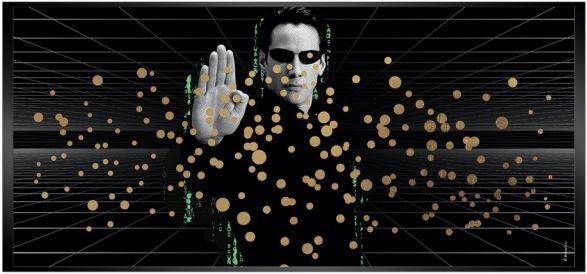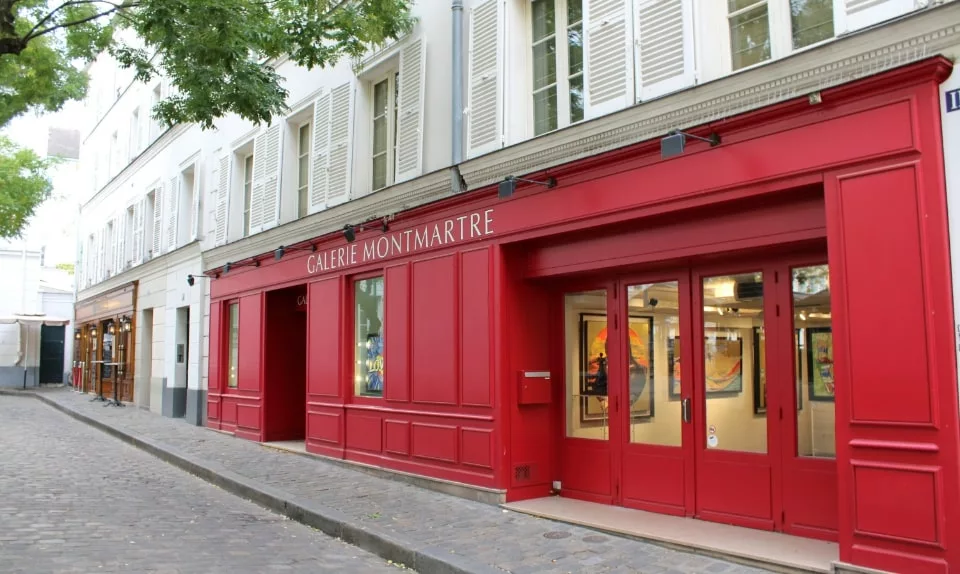With an exclusive selection of thirty new and original paintings, created especially for the Galerie Montmartre, Patrick Rubinstein hits the stage with true a cinematic performance.
The artist is strongly inspired by his childhood memory of the classic film theatre, a place filled with emotion and wonder that brings a sweet nostalgia. We recall the usherette, the ice cream and popcorn, the exciting trailers, the shorts and of course the main film.
We sat with the artist to ask him more about his passion for cinema and the origins of this spectacular exhibition.
A Galerie Montmartre exclusive!

Eliott Doppia: Which movie had the most impact on you?
Patrick Rubinstein: There are so many, the choice is difficult and I could name dozens of movies. But I will pick ‘Pulp Fiction’. This is peak Tarantino with a dream casting and astonishing soundtrack. The intertwined storylines are crazy. The brilliant writing makes the 2:30 hours flow incredibly fast. Tarantino confronts us with unexpected situations, with witty and quirky dialogue. The whole story is a cartoonish puzzle. This is a cult movie.
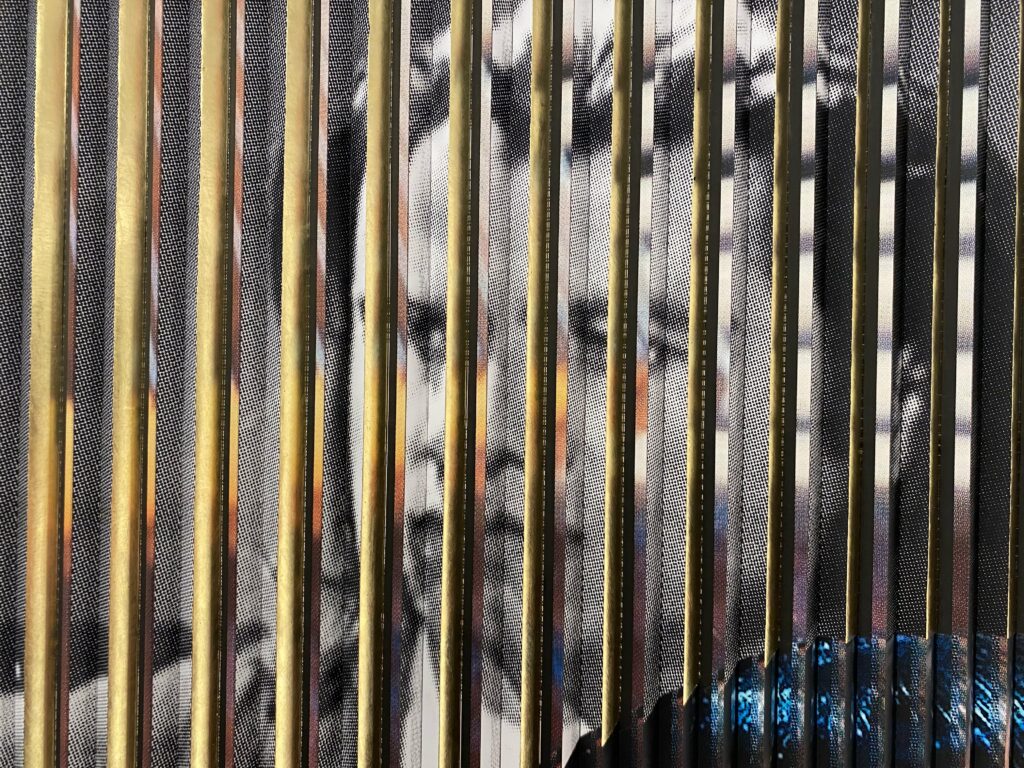
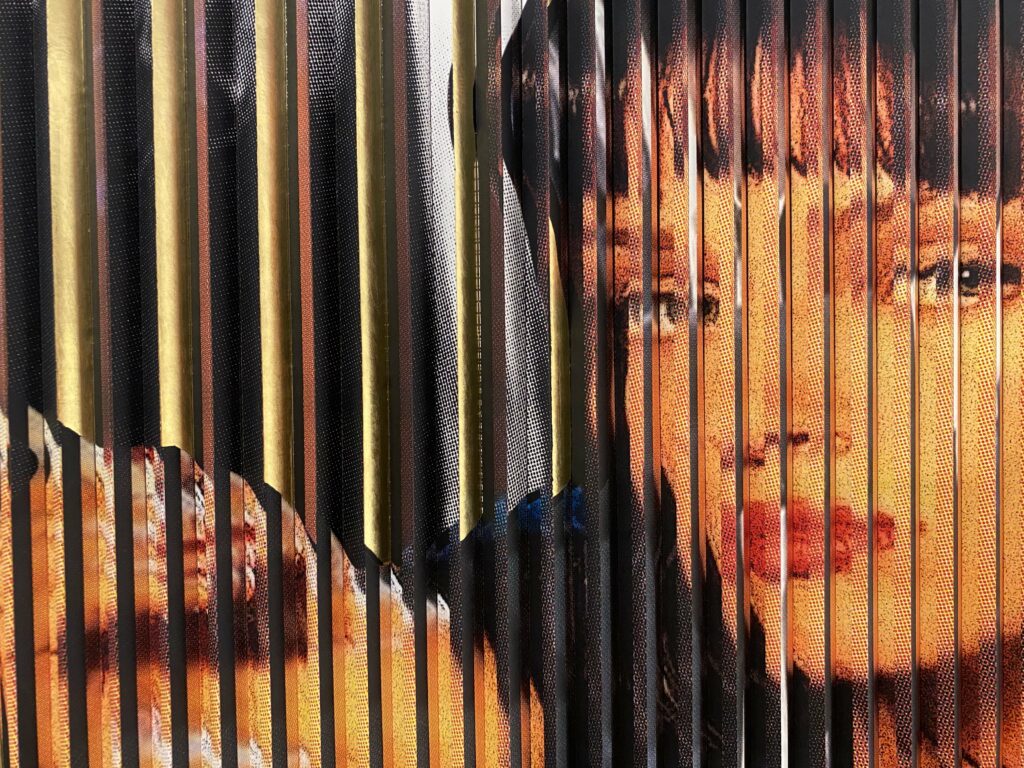
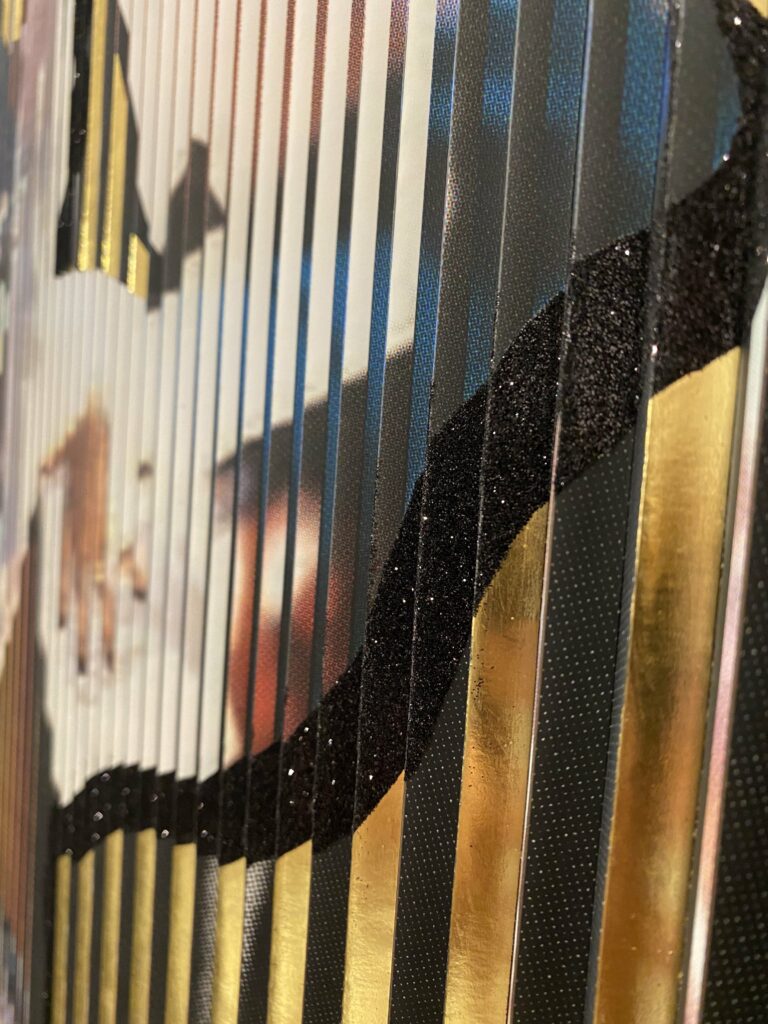
Eliott Doppia: What was your biggest challenge while working on this new show?
Patrick Rubinstein: Probably ‘Fight Club’. Here we unknowingly travel through the mysterious narrator’s dementia. Kinetism is well-suited to represent dementia and doubleidentity. I created the painting with the split
personality between Edward Norton and Brad Pitt in mind.
The image had to be treated like film sequences to fit and create a
coherent transition between the two faces.
Eliott Doppia: Cinema took a lot of ideas from the masters of optical arts. Is this how you became interested in kinetism?
Patrick Rubinstein: Art and cinema have a fluid relationship when you think about it. I have always been fascinated by moving images, which are the essence of cinema and cinetism.
Eliott Doppia: In your opinion, which kinetic artist had the most impact on cinema?
Patrick Rubinstein: My first thought goes to Clouzot and his never-achieved movie ‘l’Enfer’ (‘Hell’) that was my starting point for the ‘Romy Baby’ painting. Clouzot was clearly inspired by Op Art and Vasarely. His work is a case study for the period’s artistic creation. He uses stroboscopic effects and optical distortions, as a visual metaphor to his character’s conflicted mood.
And of course there is ‘Vertigo’, Hitchcock’s masterpiece. The stunning spiral from the opening credits represent the hero’s vertigo and nightmare. This is the very first time a dollyzoom was used, which is now known as the ‘vertigo effect’.
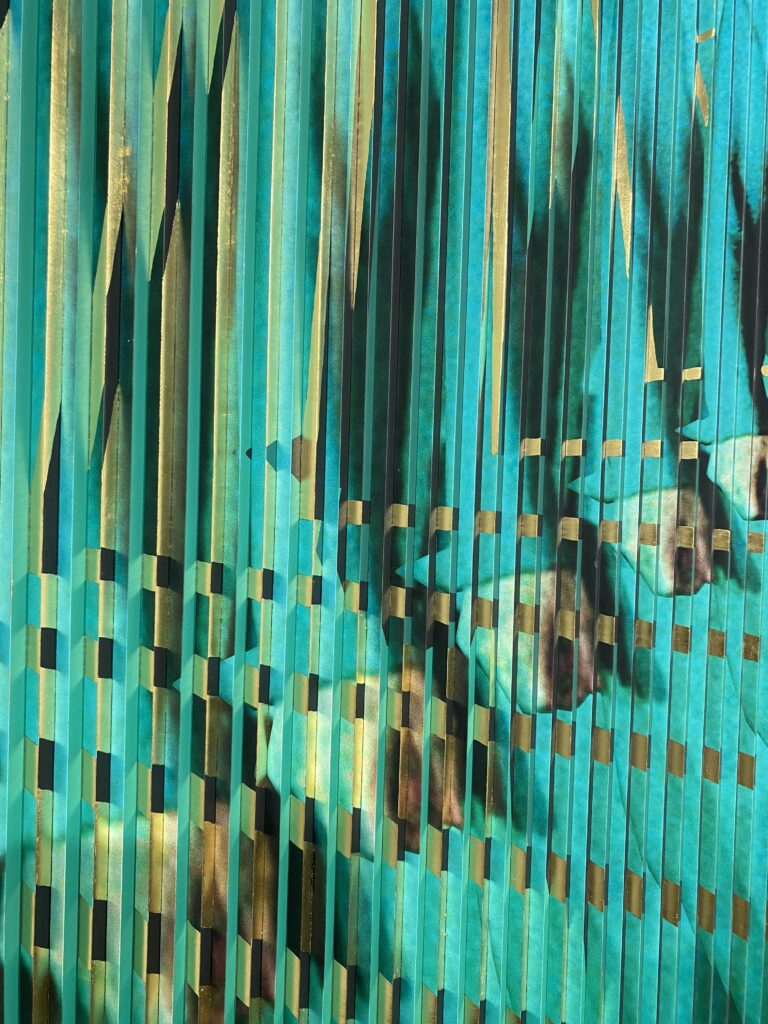
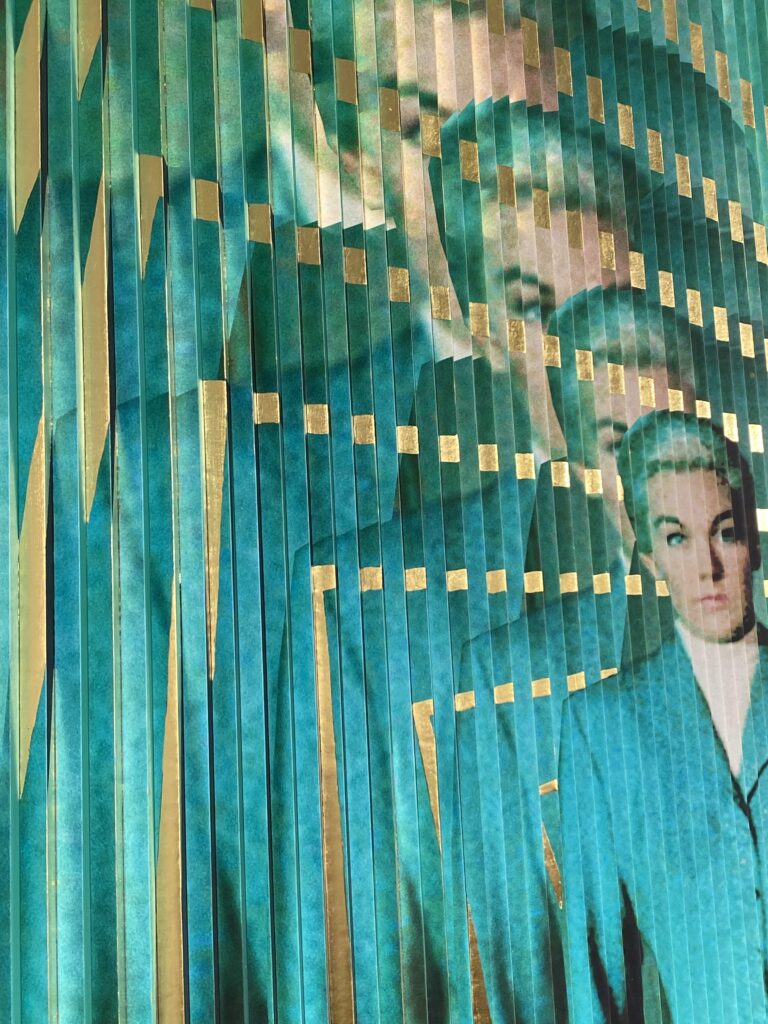
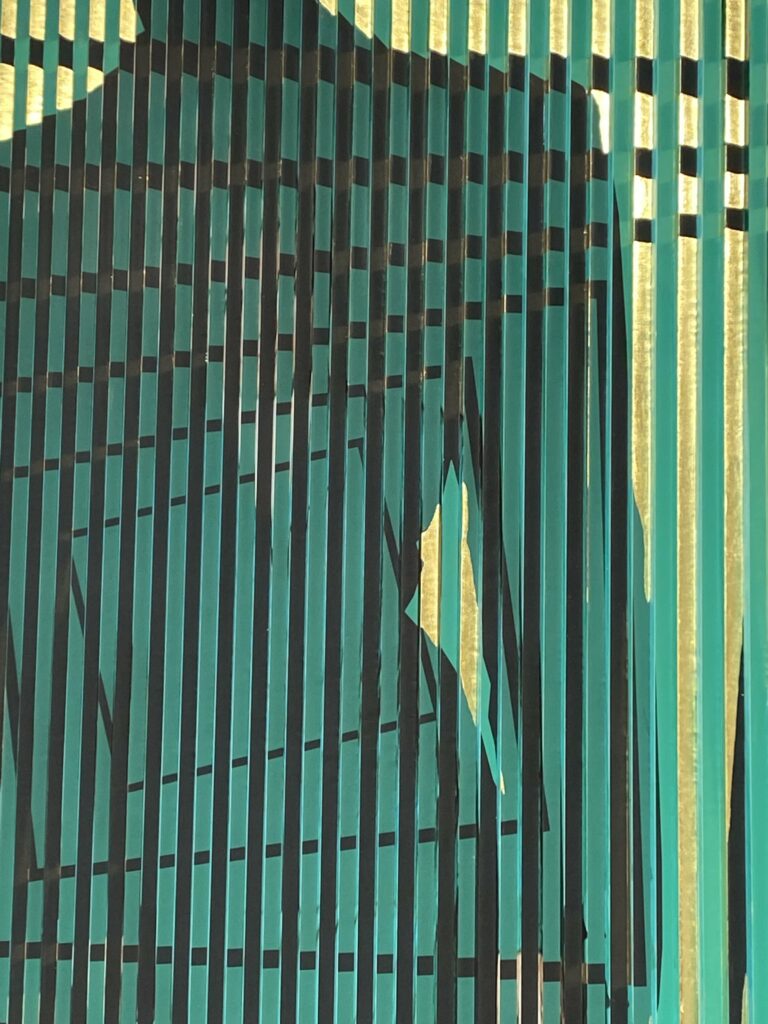
Eliott Doppia: If you could be one of these characters on screen, who would you be?
Patrick Rubinstein: It would be Charlie Chaplin in Modern Times. I feel a lot for the hero, this divine tramp that becomes an assembly-line factory worker. He does not belong to this place devoid of humanity. I love this character and his unexpected reactions, his clumsiness and his inventiveness when he needs to get out of trouble.
Eliott Doppia: Where did you find the inspiration to make this show?
Patrick Rubinstein: I grew up in a family of cinemalovers. This is a theme that I always wanted to work on.
My artworks reference my childhood’s icons: Charlie Chaplin, Marilyn Monroe, Audrey Hepburn.
So when the Galerie Montmartre came with this idea of a thematic exhibition I said yes!
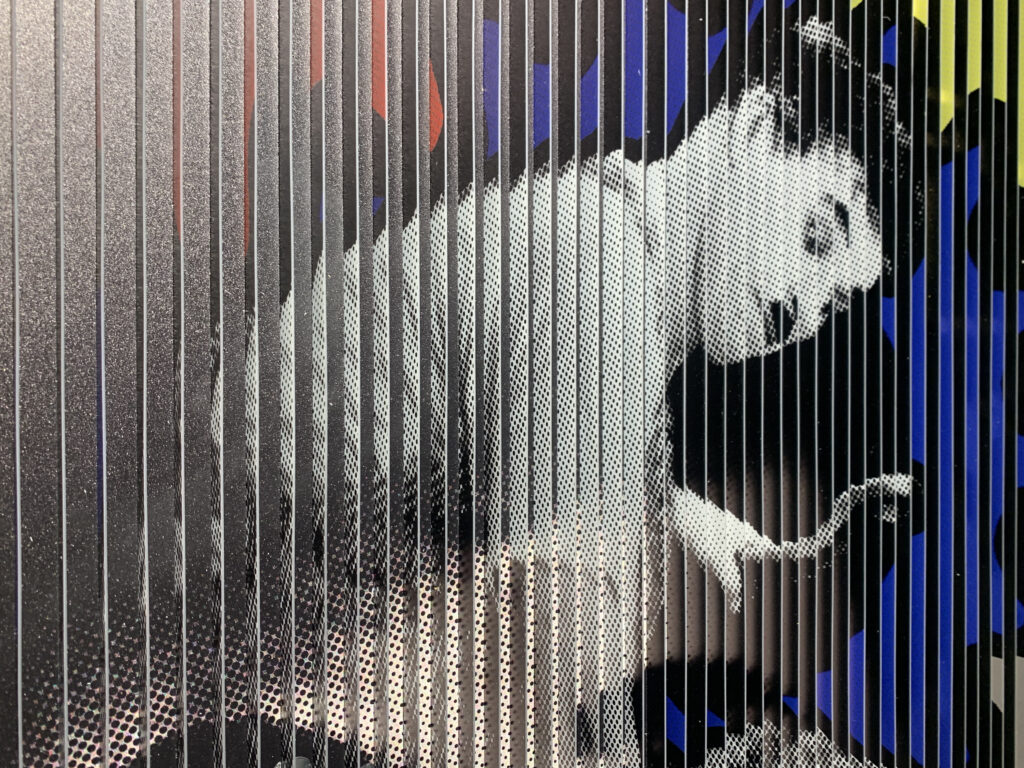
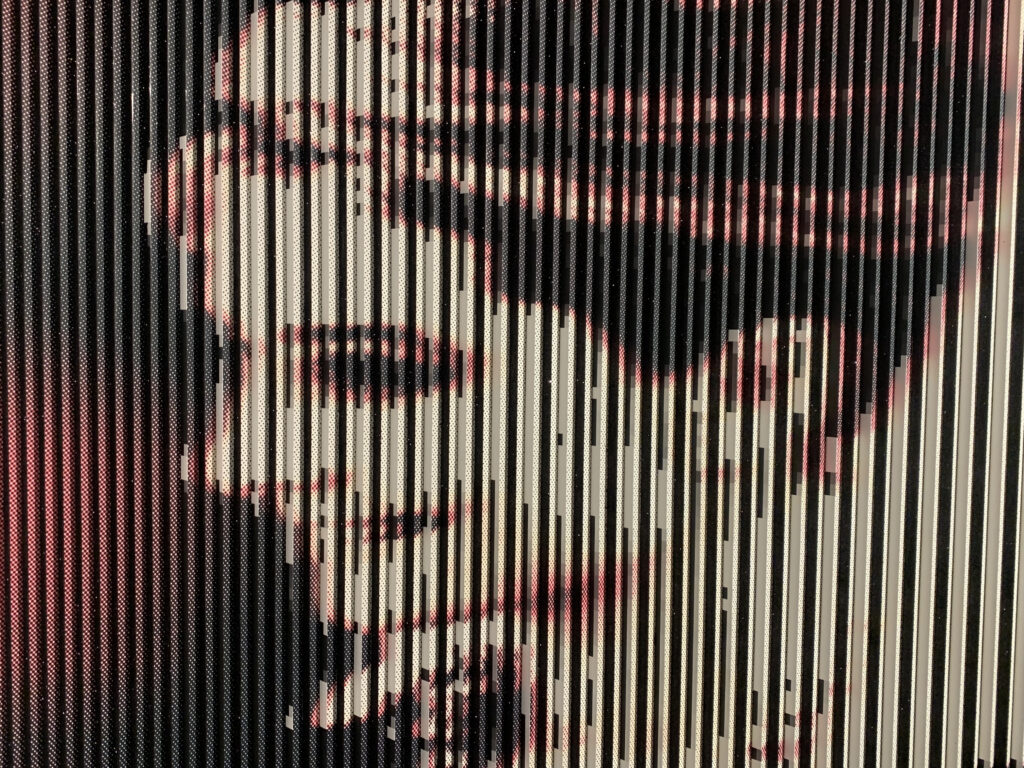
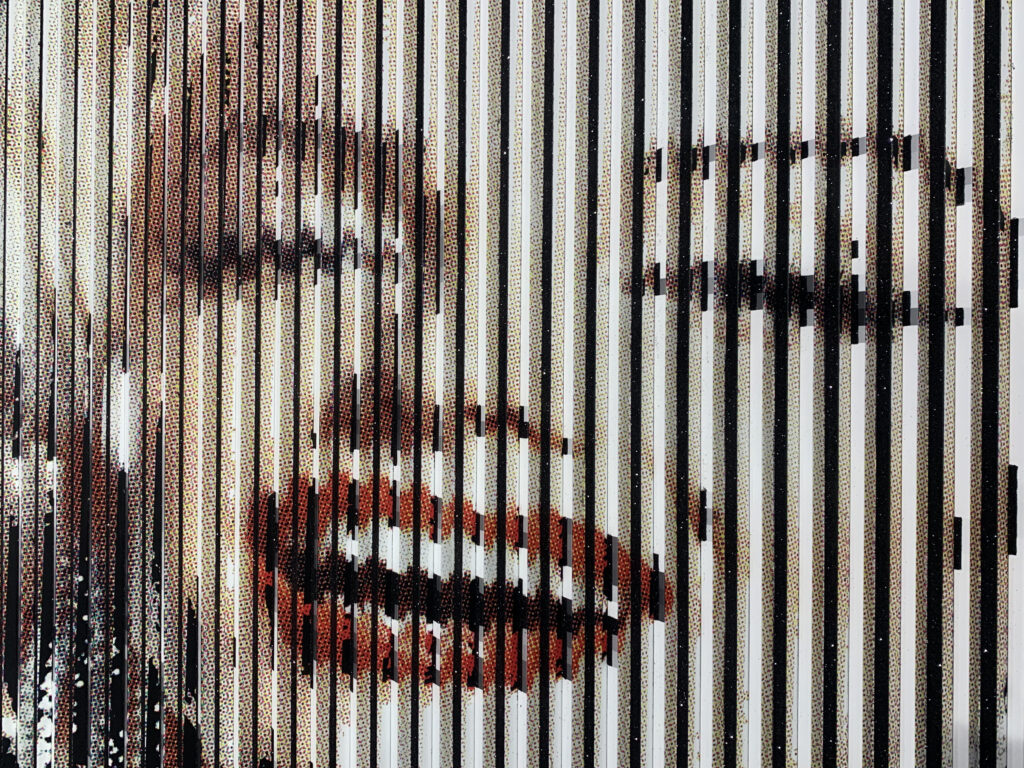
Eliott Doppia: Each of your shows at Galerie Montmartre has a new and different aesthetic. Do you have a taste for challenges?
Patrick Rubinstein: My collaboration with the Galerie Montmartre allowed me to try new things and that is exactly what I love: to push boundaries, to get out of my comfort zone and explore.
